We’ve shared quite a lot of Rhiannon Robinson work throughout her time on the course and today she’s sharing her learning experience with us. We are always eternally grateful to our graduates who take the time to share their journeys with us – Thank you Rhiannon!
Rhiannon Robinson
I like to think that I was born a maker. As a young child, I was always to be found making things – even then, it was this activity which gave me the deepest satisfaction and pleasure. I would usually discard toys in favour of paints, fabrics, glue, papers and cardboard and I was taught to sew, knit and crochet by my grandmother. She had an old 1930s Singer hand-cranked sewing machine – to which my grandfather had later added an electric foot pedal – and used it to make clothes and soft furnishings. I was fascinated by this elegant, gold-embossed workhorse, and it was a great day when I was eventually allowed to use it for the first time, aged 12, to make a simple skirt, under her guidance.
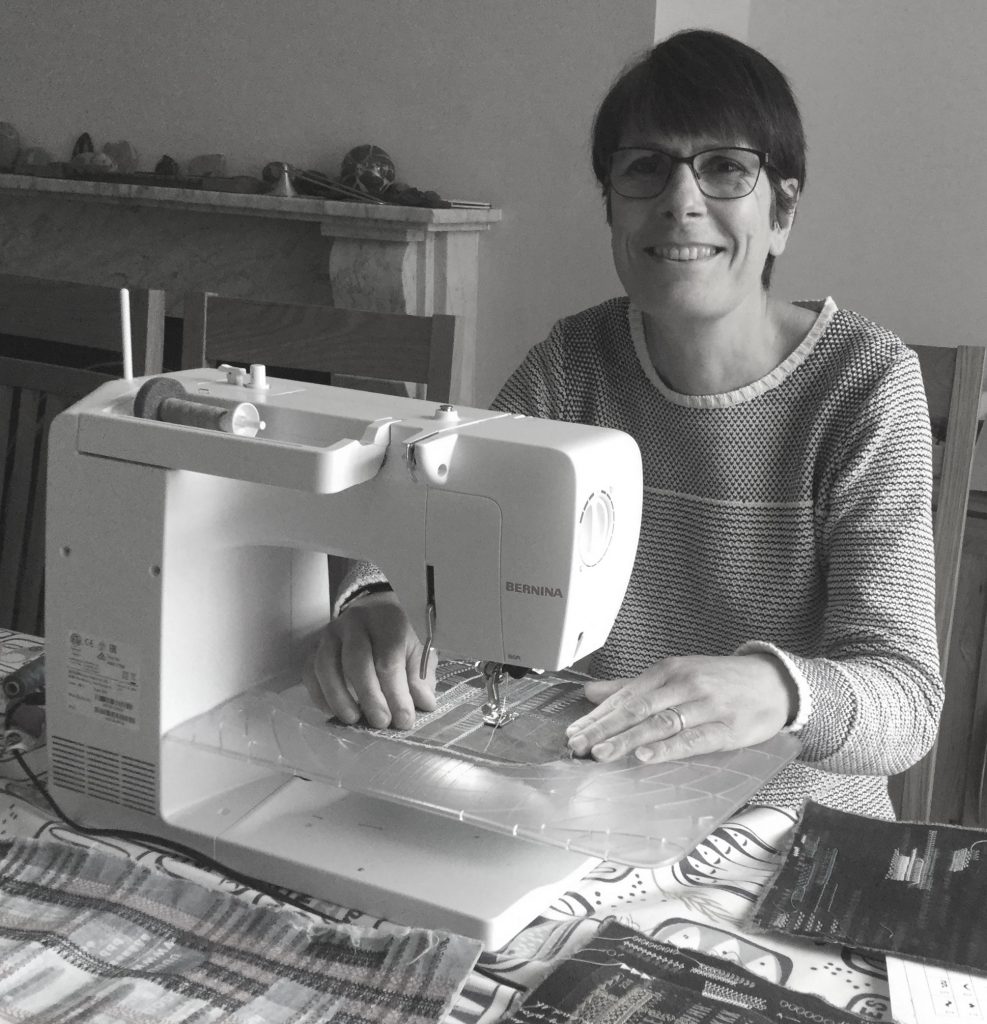
Art was by far my favourite and most successful subject at school and it seemed a totally natural progression to go on to study graphic design at degree level, combining my artistic interests with a love of language and ideas, embodied by typography.
I have subsequently practised as a designer and taught the subject at a number of universities for more than 30 years, but as the design industry has become increasingly reliant on the use of digital media, I have found my own interest in an analogue approach re-kindled – the quality of materials, craft skills and techniques, and the kind of creative work that these stimulate.
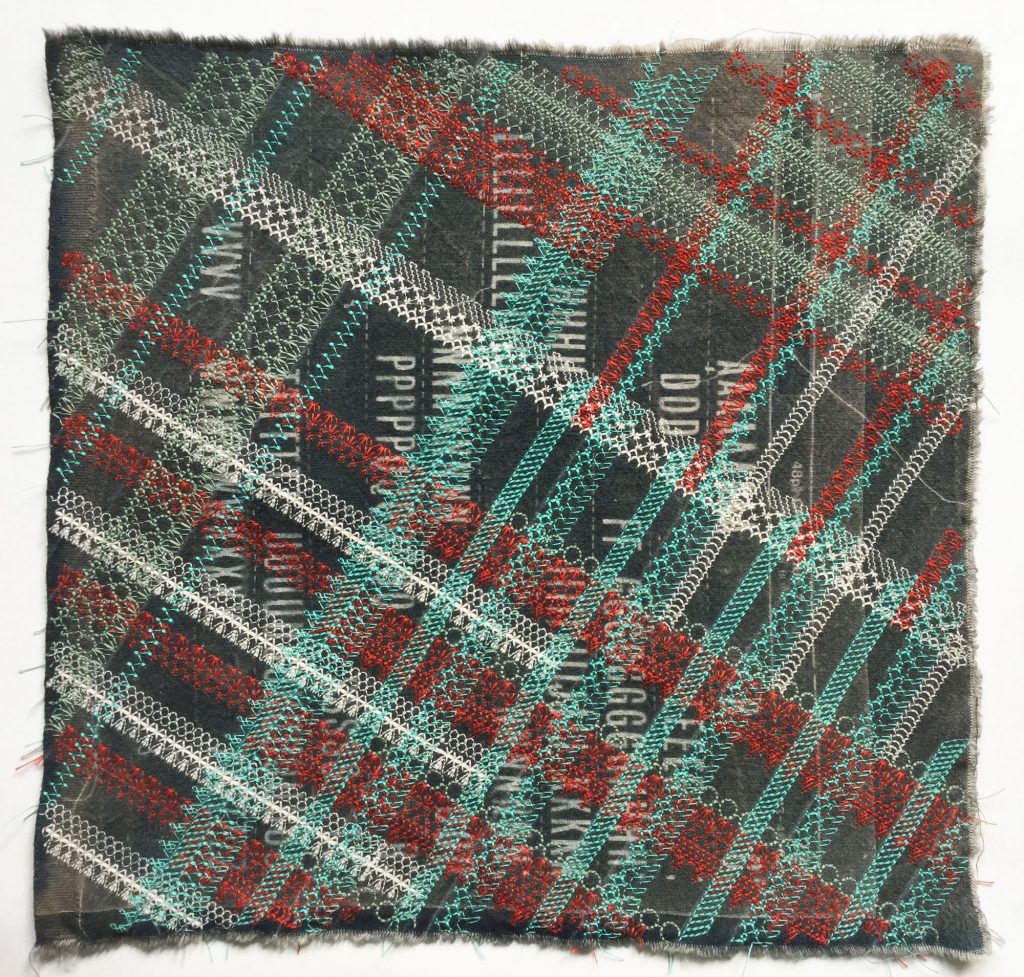
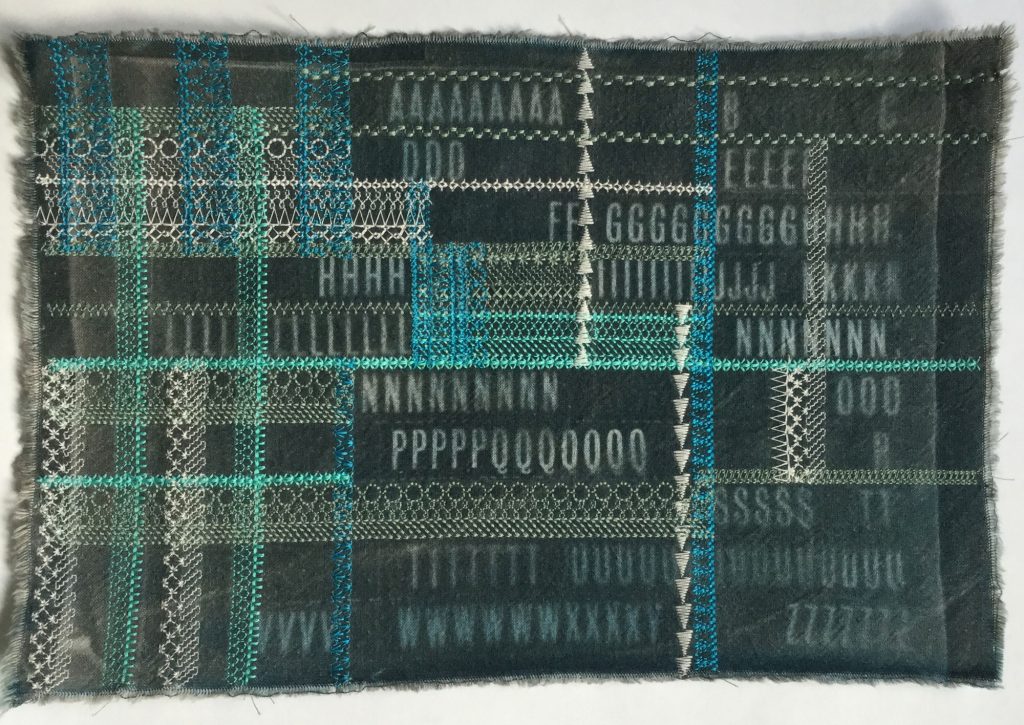
Through the years of working as a professional designer and lecturer, while also juggling the responsibilities of bringing up a family, these interests were inevitably put on the back burner. I dabbled in all sorts of things, including fabric dyeing, quilting, knitting and needlepoint, but my own work was way down the priority list! Latterly, with my children more independent, I wanted to explore and develop my own making once again, but despite this motivation, I found it was really difficult to prioritise this over other calls on my time. Coming across The School of Stitched Textiles on the internet one day, I realised that the structure of an accredited course, to which I had made a commitment, would impose that discipline to give my own creative practice precedence for a change.
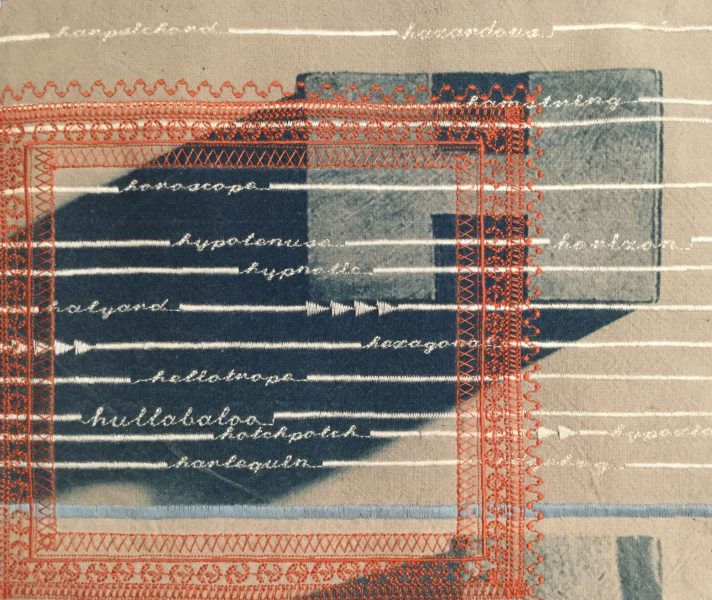
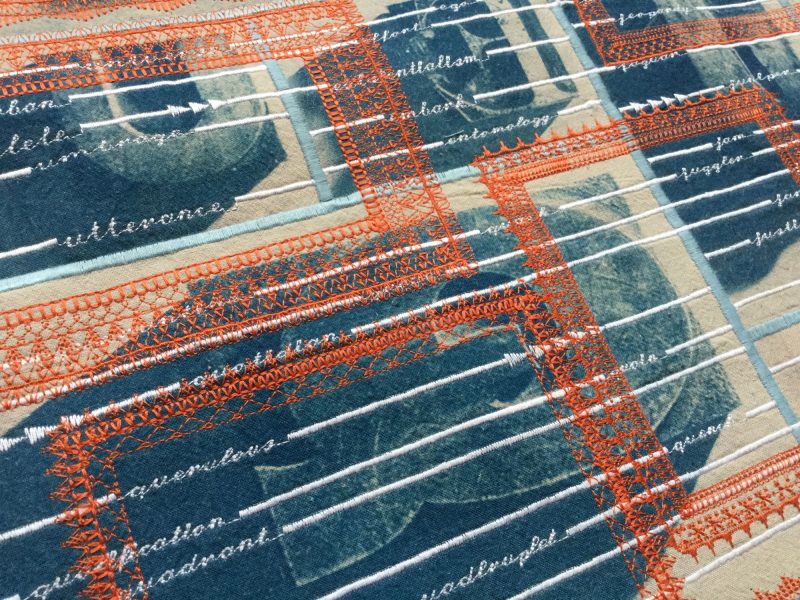
Choosing the Study Level
With my previous level of experience in the visual field, I chose a Skill Stage 3 course in Machine Embroidery. I felt it offered an opportunity to explore and develop the medium of fabrics and threads, in combination with my existing graphic design skills. I have loved every minute of it, and it did indeed provide the structure I was looking for.
Although there was no pressure to complete each module in a set amount of time, the knowledge that I had to present a programme of work every few weeks, made me ring-fence time to focus on each task. Some of the most enjoyable modules were actually the ones that took me back to the basics – drawing, mark-making, colour theory – things I had covered at art school many years ago, but had temporarily lost sight of what a fundamental part they play in my love of visual things and how much I enjoy using art materials of all kinds.
The instructional videos and learning pack for each module provided very good initial support and guidance but then encouraged further independent learning and exploration. My embroidery skills have developed enormously, both in terms of knowledge, skill and practical application, but also in how I can see the possibilities of applying this to my creative output.
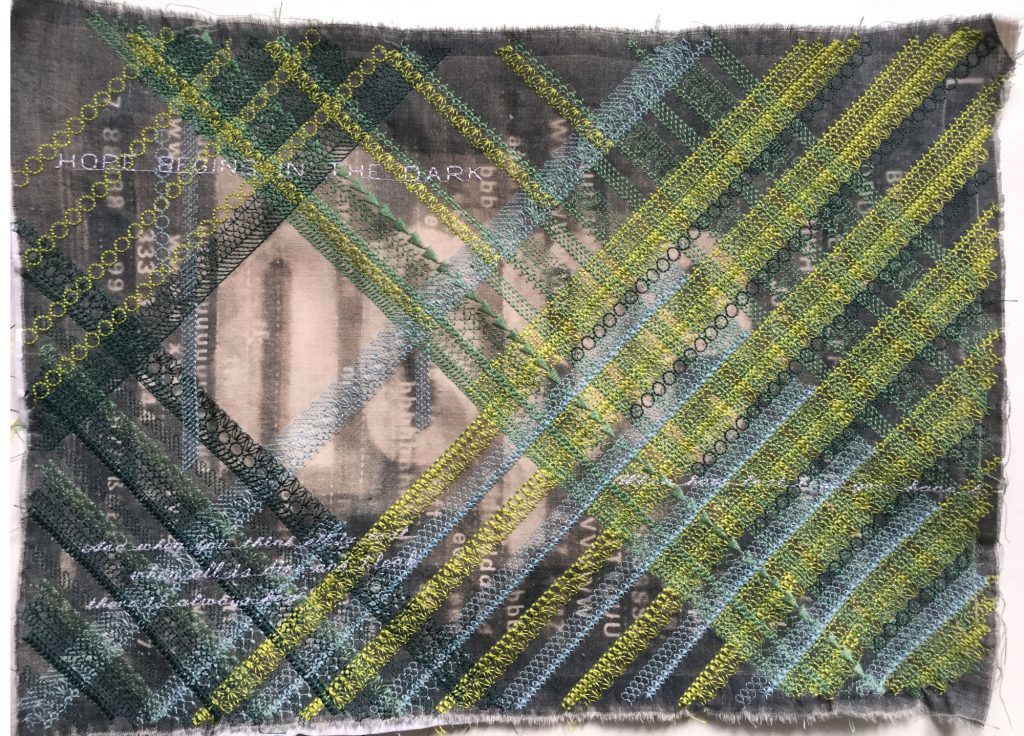
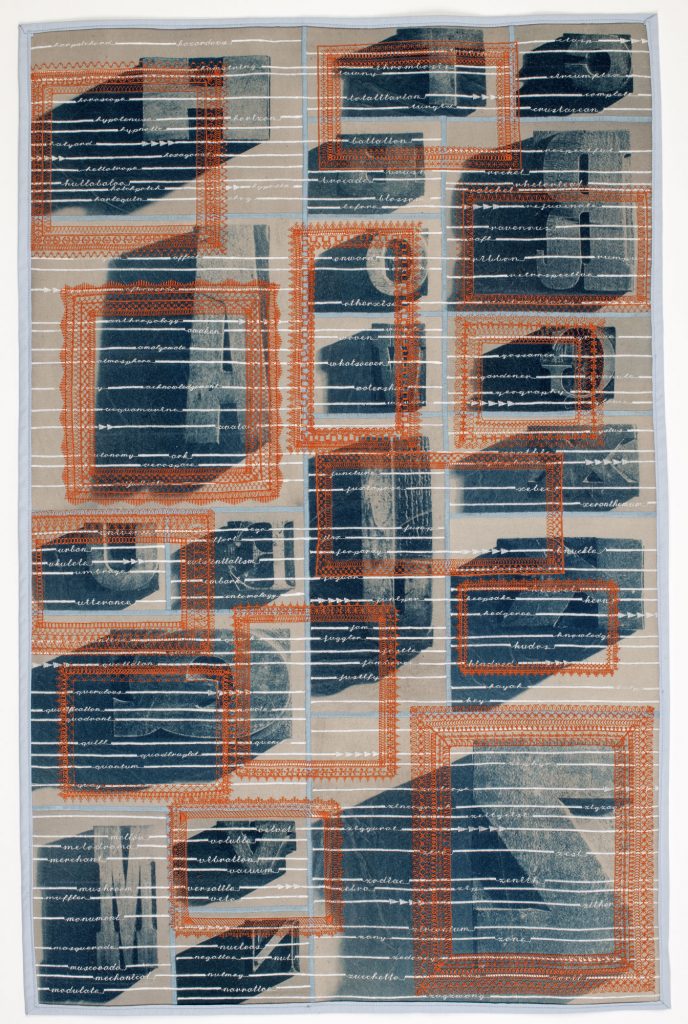
I draw upon my experience with digital technology, often using my own photography as a research tool and source of visual inspiration, and using software to enable the processing of images in unusual ways, but my focus now is as a maker, manipulating materials to translate my ideas into textile media. Inspired by language, literature and landscape, and fascinated by typography, colour, pattern and structure, I use a combination of machine and hand embroidery with print techniques, to explore how type and lettering can be translated into textile media.
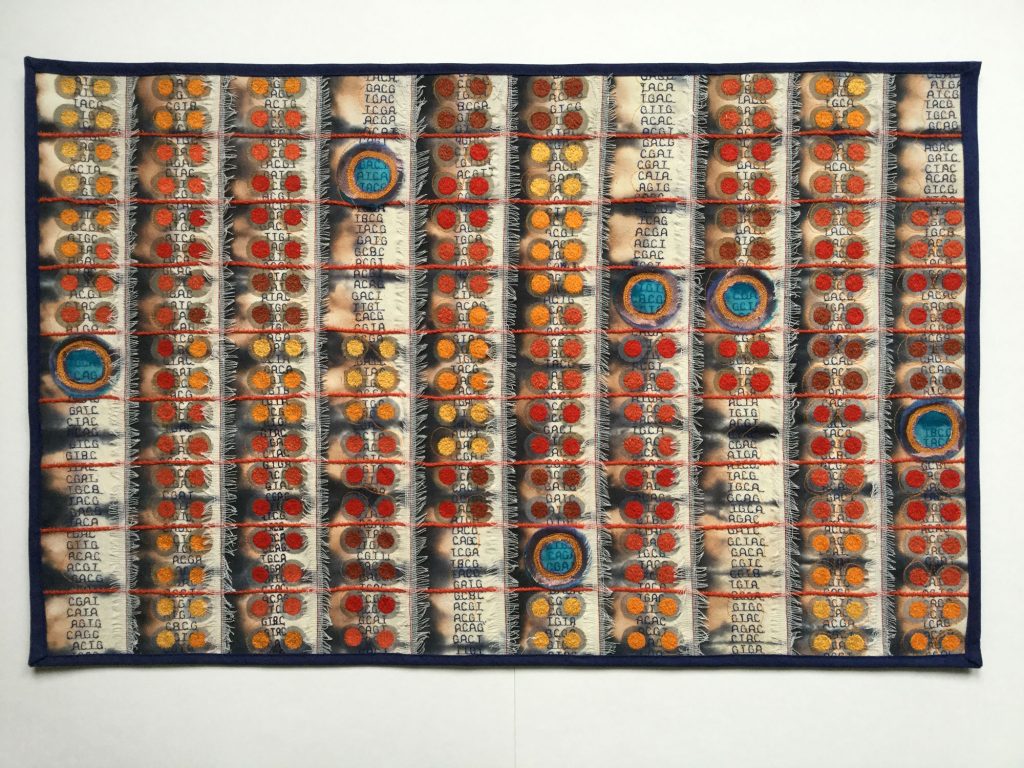
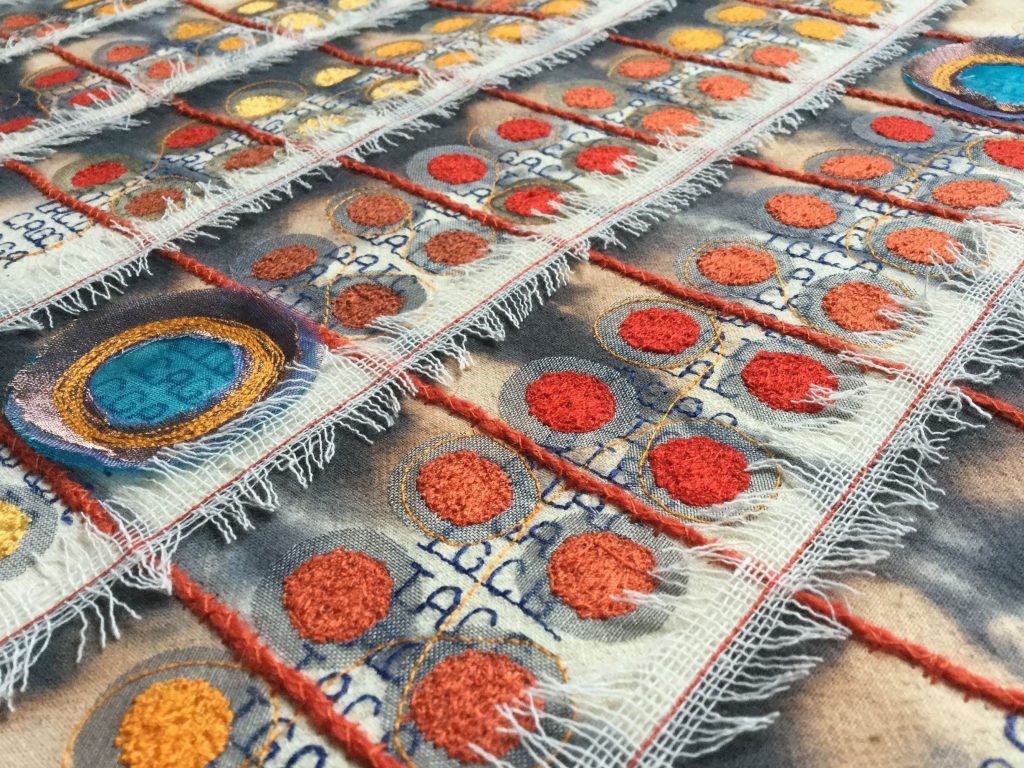
I would recommend The School of Stitched Textiles to anyone wanting to expand their skills or develop their creativity. Don’t be intimidated by what you think you might need to know, or your level of previous experience – there’s a course there for everyone. My course gave me the confidence to see myself as a textile practitioner and I now feel that I am in a position to move forward in developing my own work for exhibition and commission. The final module gave me the impetus to set up my website www.typefabric.co.uk and I aim to spend the next few months exploring and creating new work before applying for exhibiting opportunities.
Follow Rhiannon on Instagram.


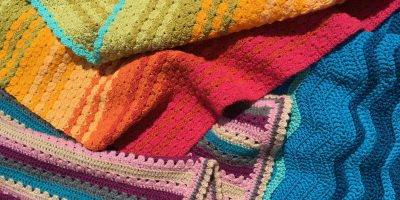




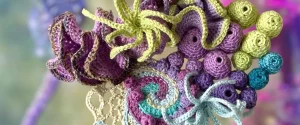
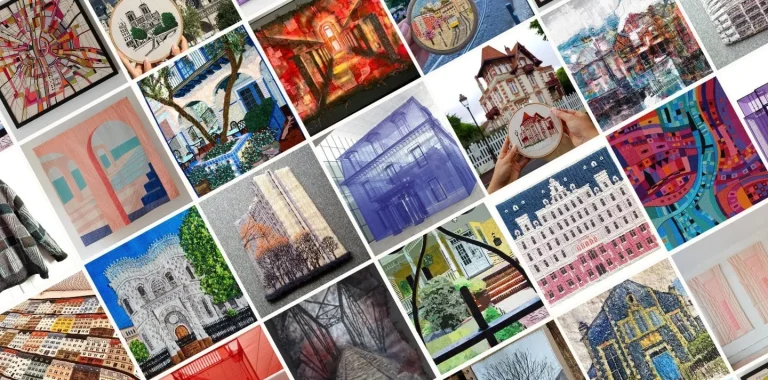
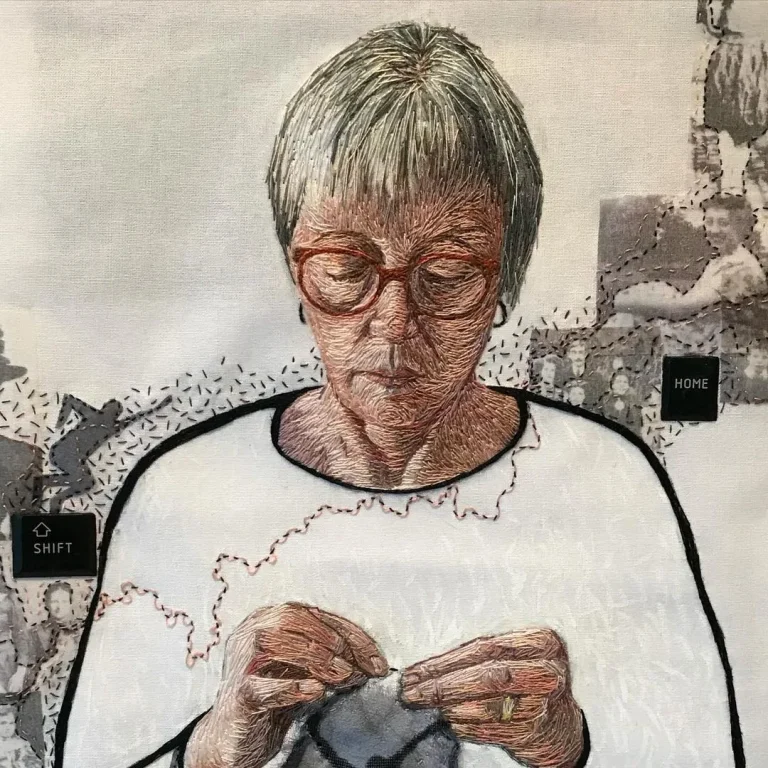
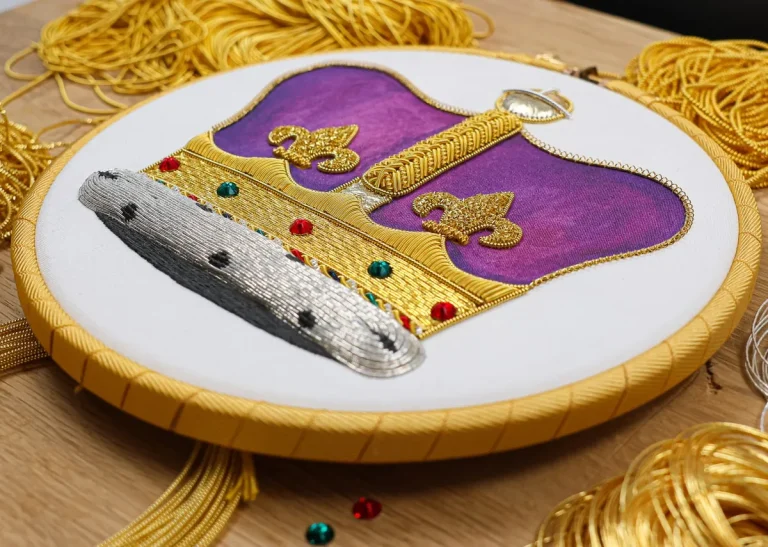
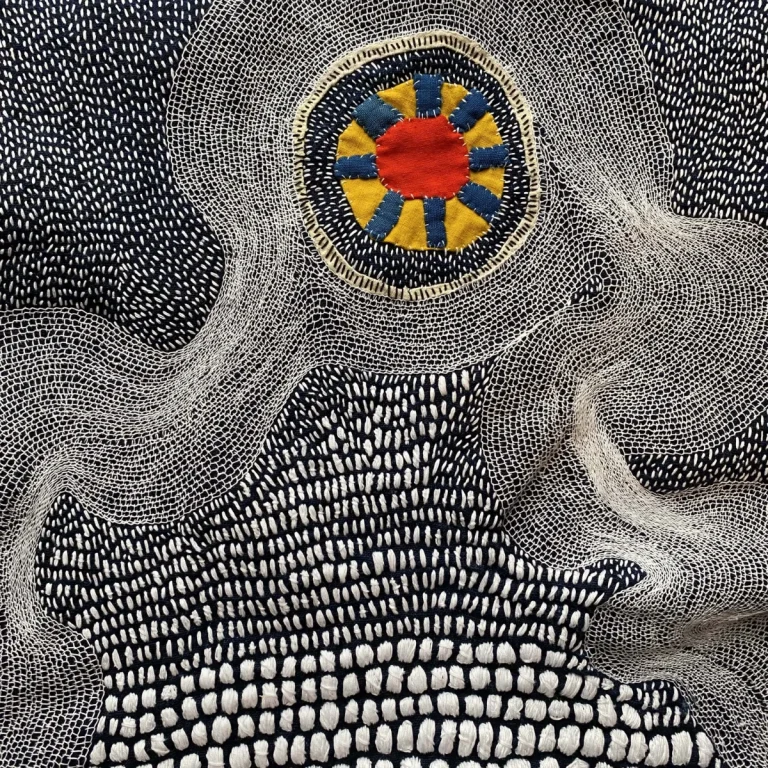
2 Comments
Amazing work! I would love to make something creative with my machine and was hoping to go to classes to learn something new when I retired, but unfortunately our local Adult centre was demolished. I didn’t realise you could work online?
Hi Kath, Yes! All of our courses are distance learning/online courses, meaning you study with us from anywhere in the world. Our courses are delivered through comprehensive course materials and access to your own personal tutor.